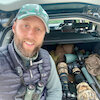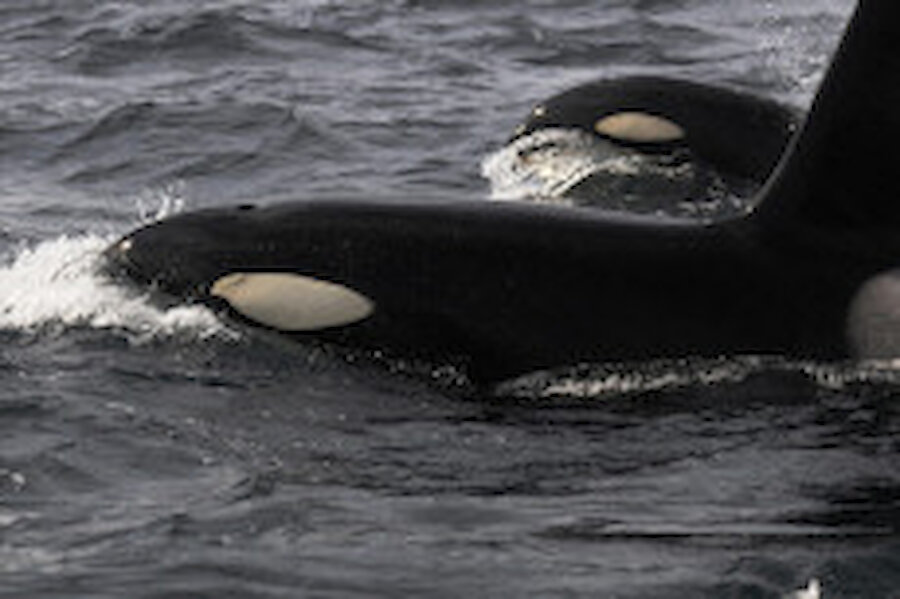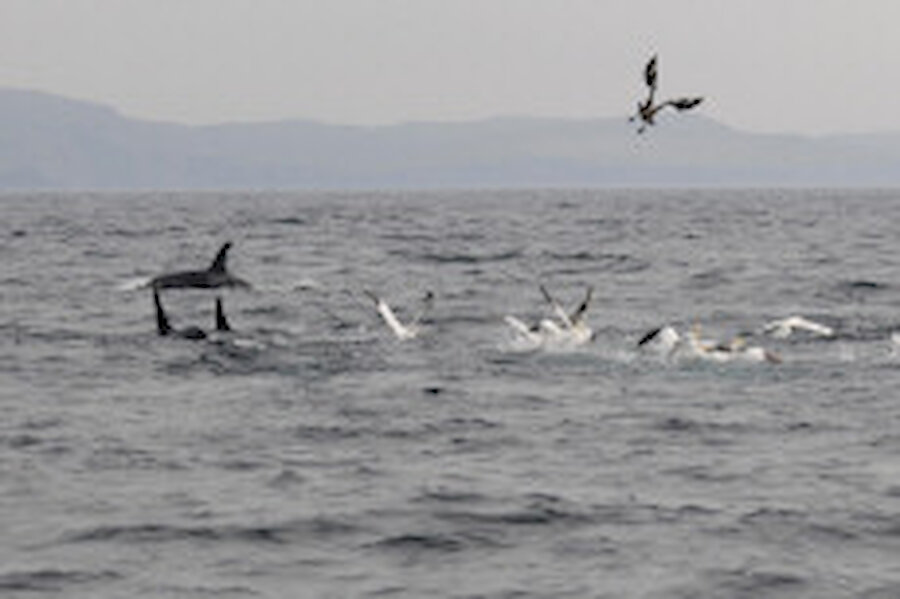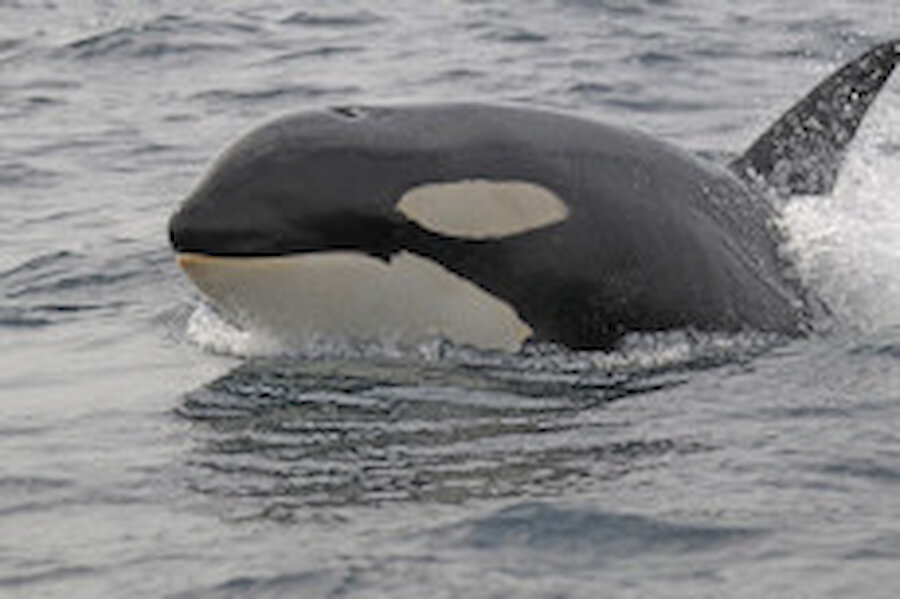Since my first ever encounter with Killer whales over 15 years ago, I have felt truly privileged on many an occasion and often thought of each one to be "once in a life time experiences" and indeed they were. This July though, with huge thanks owing to the Scottish Killer whale ID Research team, I had what was undoubtedly my most overwhelming encounter ever, probably one that I will never match.
Throughout the June and early July Killer whales were being seen quite frequently from herring boats such as the Guardian Angel between Muckle Flugga and the Holm of Gloup, often several miles off shore. Although this is no new trend for these Icelandic herring feeders, it was the first time Andy Foote, Volker Deeker and the rest of the ID team had had the opportunity to witness this type of behaviour in the isles. Most, of their encounters, observations and research has been done on seal hunts and attacks close in-shore.





